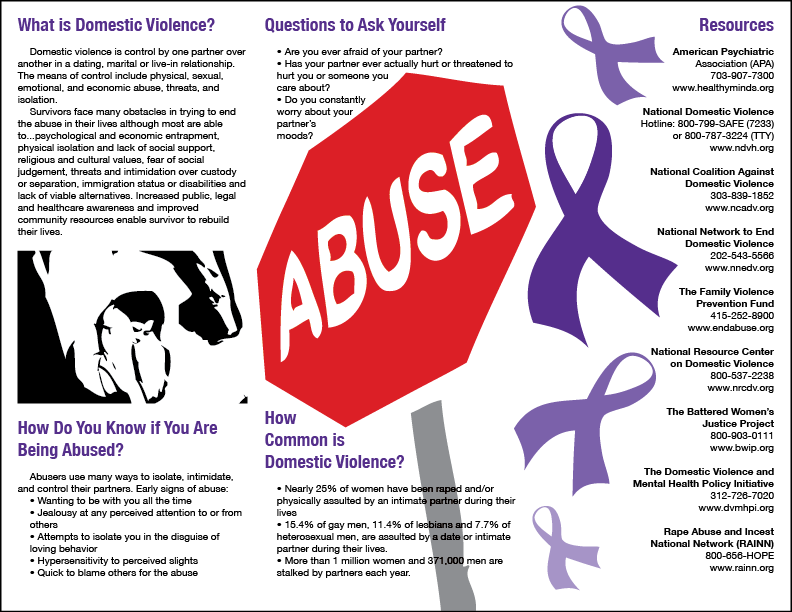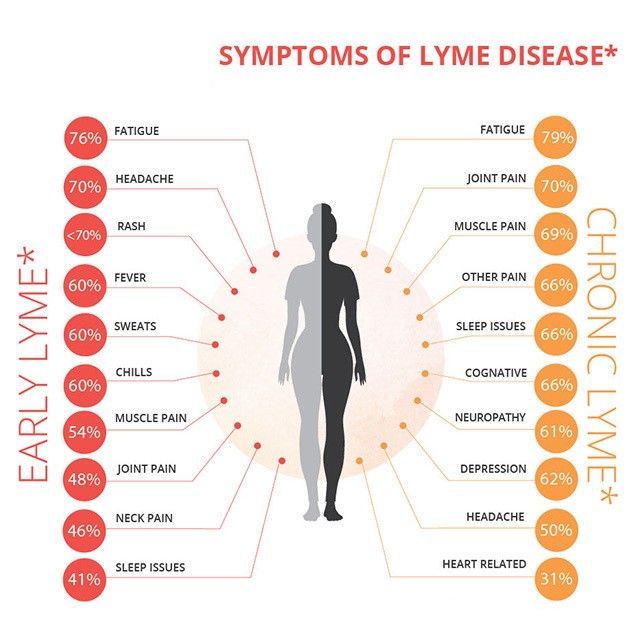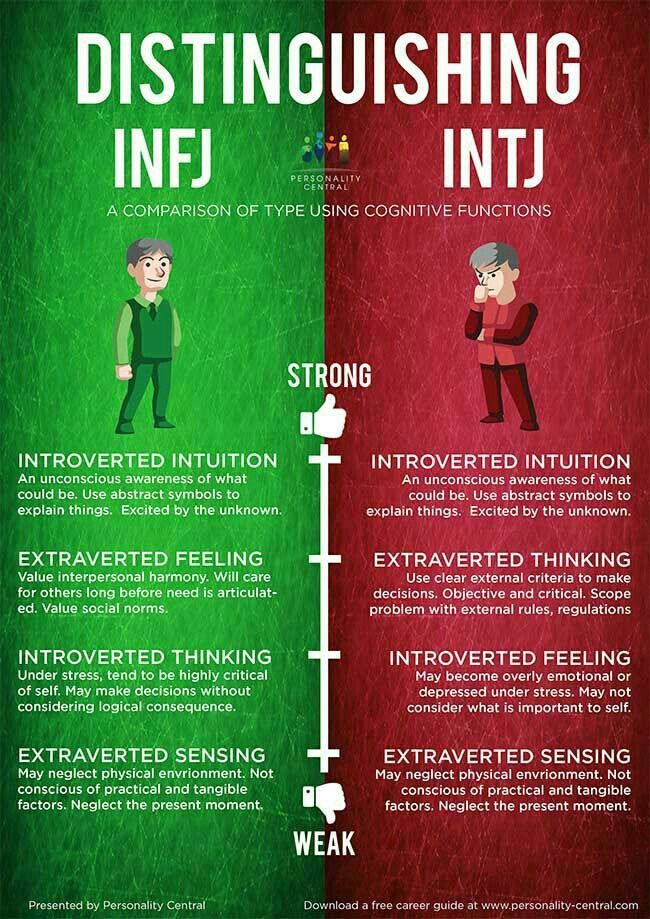Relaxed brain waves
What Are They and Why Are They Important?
Your brain is a bustling hub of electrical activity. This is due to the fact that the cells in your brain, called neurons, use electricity to communicate with each other.
When a group of neurons sends an electrical signal to another group of neurons, we call those brain waves. This is because a computer-generated electroencephalogram (EEG) test that detects and measures the electrical activity in your brain actually creates a picture that looks like a wavelike pattern.
There are five basic types of brain waves that range from very slow to very fast. Alpha waves fall in the middle of that series of waves. Your brain produces these waves when you’re awake but not really concentrating on any one thing.
In this article, we’ll take a closer look at what exactly alpha brain waves are, what function they serve, and how they compare to other brain waves.
When you first wake up in the morning, what’s the first thing you do? Perhaps you turn off your alarm clock and stretch. At this point, your brain might be relaxed.
So, while you’re warming up your muscles, your brain is producing alpha waves. You’re not asking your brain to process a lot of information or solve any big problems. The waves simply indicate that you are in a state of wakeful rest.
You may also be able to increase your brain’s production of alpha waves when you stop focusing or concentrating on a task, and simply try to relax and unwind.
Interestingly, a 2009 study suggests that your brain may produce even more alpha waves in the posterior part of your brain when you meditate. Your brain isn’t totally at rest, but it’s not attempting to tackle anything big that requires concentration.
Alpha brain waves are only one type of brain wave. There are actually five common types of brain waves.
Brain waves are measured by frequency, which is cycles per second, or hertz (Hz), and they range from very slow to very fast. Alpha waves fit in the middle of the spectrum, between theta waves and beta waves.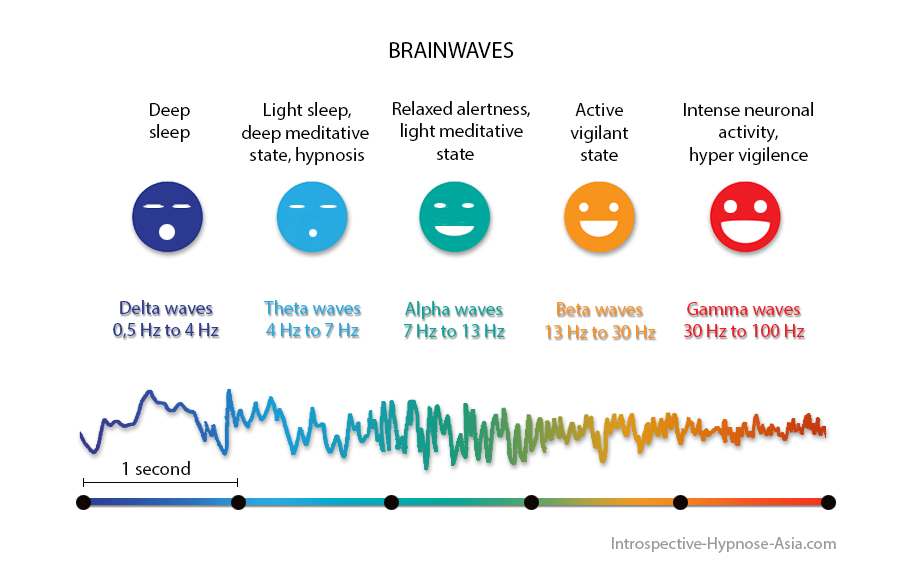
Here’s the full spectrum of the five common types of brain waves that you experience every day, from slowest to fastest:
DeltaWhen you’re deep in a state of dreamless sleep, your brain is producing delta waves, which are the slowest type of brainwave. They measure between 0.5 and 4 Hz.
Theta
When you’re sleeping more lightly or when you’re extremely relaxed, your brain may produce more theta waves. Theta waves measure between 4 and 8 Hz.
Alpha
As mentioned, alpha waves fall in the middle of the brain wave spectrum.
Your brain produces these waves when you’re not focusing too hard on anything in particular. Whatever you’re doing, you’re probably feeling relatively calm and relaxed. These waves measure between 8 and 12 Hz.
Beta
With these kinds of brain waves, you’re wide awake, alert, and focused. You’re going about your activities of daily living and making decisions. This is when your brain produces higher-speed beta waves, which measure between about 12 and 35 Hz.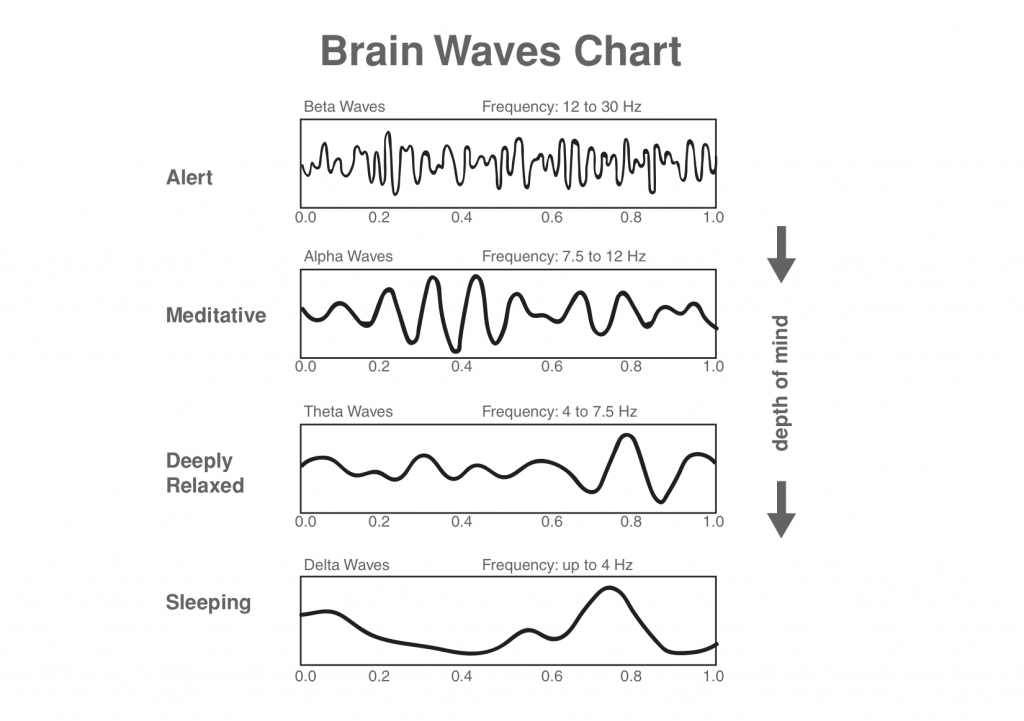
Gamma
Your brain produces the speediest of brain waves, the gamma waves, when you’re actively involved in processing information and learning. You’re concentrating and solving problems, and these brainwaves, which tend to measure upward of 35 Hz, are the proof.
We can’t see brain waves, but we can measure them. A test called an EEG can identify and measure the electrical activity in your brain.
With an EEG, a technician will place a series of small metal discs called electrodes all over your scalp. The discs convey the electrical activity of your neurons through wires to a machine, which records and prints the patterns out on a screen or paper.
Your doctor may order an EEG to see if there are any unusual patterns in your brain waves, or problems that might suggest you have epilepsy or another type of brain disorder.
You may be wondering why alpha waves are so important. When your brain is producing these waves, it’s responding to activities like meditation and rest that can reduce your stress levels and help you feel calmer.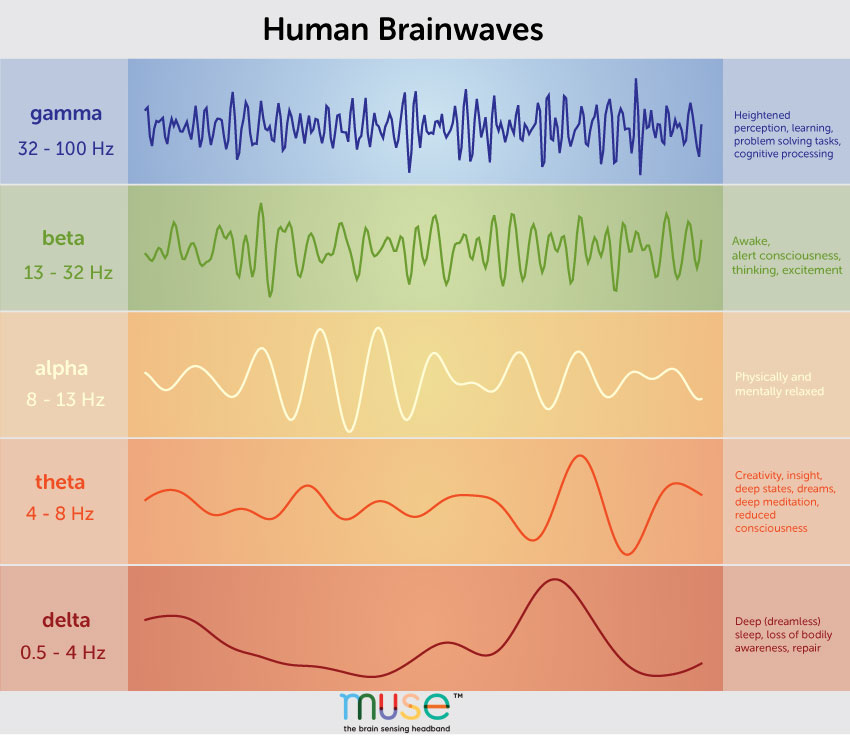
If you’re able to produce alpha brain waves, you’re probably able to tap into a state that can help you get some rest and relaxation.
Boosting your alpha waves might also increase your creativity levels. In a 2015 study, researchers found evidence that they could trigger a surge in creativity if they specifically focused on enhancing alpha waves.
The study was small — only 20 participants — but as a randomized trial, it could hold promise for the use of noninvasive brain stimulation to rev up your brain’s production of alpha brain waves.
Your brain doesn’t stop producing one type of brain wave just because you shift into a different state of consciousness or alertness.
It’s more that one type of brain wave will dominate at any given time, based on whether you’re awake or asleep, focused, or floating along. If for some reason your brain isn’t producing very many alpha waves, it means that you’re not in a relaxed, meditative state of mind.
But there are times when your brain waves can become imbalanced.
Research indicates that some people who have depression may have an imbalance of alpha waves, with more of them occurring in an area of the brain called the left frontal cortex.
A small 2019 study looked at a brain stimulation technique called transcranial alternating current stimulation (tACS) and found that it could increase alpha brain waves and reduce depression symptoms in people affected by major depressive disorder (MDD).
You may actually be able to increase your alpha brain waves if you put your mind to it.
A 2014 study found that neurofeedback training helped some people with generalized anxiety disorder (GAD). Neurofeedback is a type of biofeedback where you respond in real time to the electrical activity in your brain and try to adjust it.
In this study, participants with GAD were divided into a treatment group and a control group.
The treatment group that underwent neurofeedback training was able to increase the amplitude of their alpha brain waves.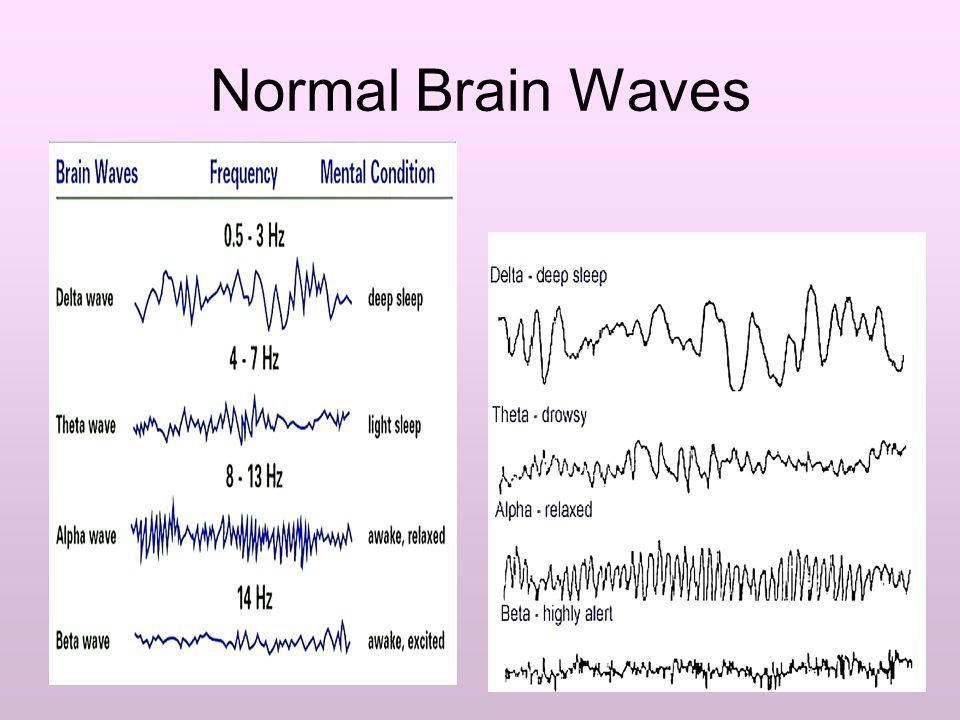 These bigger alpha waves increased the participants’ sense of calm and reduced feelings of anxiety.
These bigger alpha waves increased the participants’ sense of calm and reduced feelings of anxiety.
One caveat: This particular study also included theta waves in the neurofeedback training, which could have also played a role.
However, this study also suggests that it may be possible to train your brain to produce alpha waves that can help you feel more relaxed.
A 2015 study also suggested that meditation and mindfulness training could achieve these kinds of results.
There’s always some type of electrical activity going on in your brain, whether you’re aware of it or not.
At different times of the day, depending on what you’re doing, one type of your brain’s electrical waves will dominate. When your brain’s alpha waves are dominating, you’re likely in a state of wakeful relaxation.
Relaxation techniques like mindfulness and meditation may help increase your alpha waves. This, in turn, may help you feel calmer, less anxious, and, according to some studies, may even boost your creativity levels.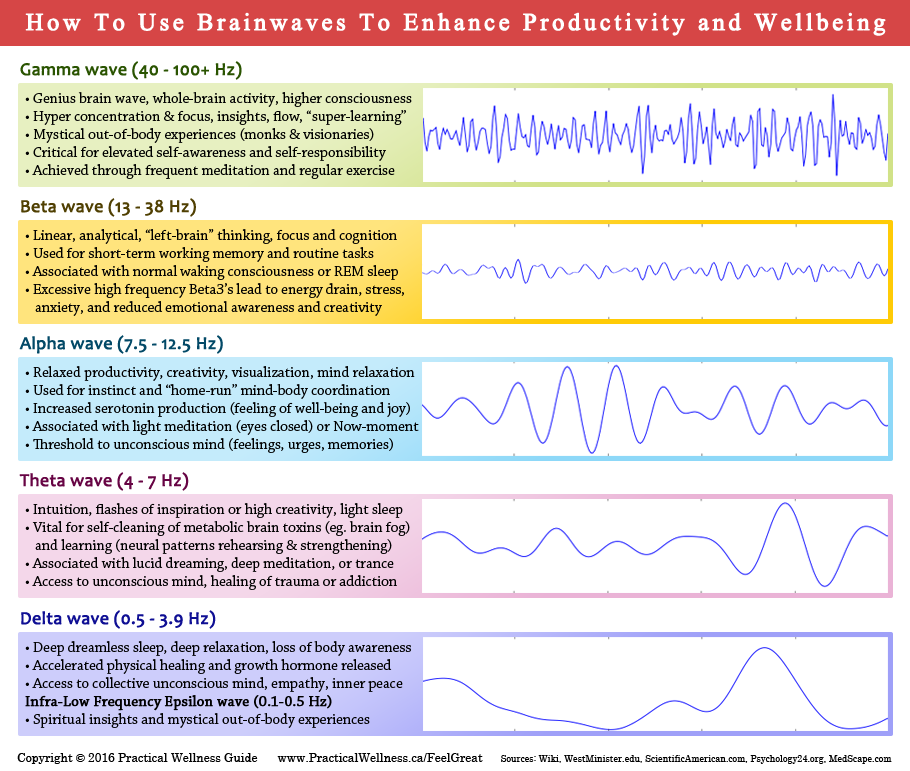
What Are They and Why Are They Important?
Your brain is a bustling hub of electrical activity. This is due to the fact that the cells in your brain, called neurons, use electricity to communicate with each other.
When a group of neurons sends an electrical signal to another group of neurons, we call those brain waves. This is because a computer-generated electroencephalogram (EEG) test that detects and measures the electrical activity in your brain actually creates a picture that looks like a wavelike pattern.
There are five basic types of brain waves that range from very slow to very fast. Alpha waves fall in the middle of that series of waves. Your brain produces these waves when you’re awake but not really concentrating on any one thing.
In this article, we’ll take a closer look at what exactly alpha brain waves are, what function they serve, and how they compare to other brain waves.
When you first wake up in the morning, what’s the first thing you do? Perhaps you turn off your alarm clock and stretch.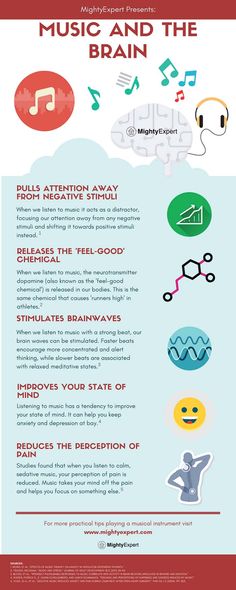 At this point, your brain might be relaxed.
At this point, your brain might be relaxed.
So, while you’re warming up your muscles, your brain is producing alpha waves. You’re not asking your brain to process a lot of information or solve any big problems. The waves simply indicate that you are in a state of wakeful rest.
You may also be able to increase your brain’s production of alpha waves when you stop focusing or concentrating on a task, and simply try to relax and unwind.
Interestingly, a 2009 study suggests that your brain may produce even more alpha waves in the posterior part of your brain when you meditate. Your brain isn’t totally at rest, but it’s not attempting to tackle anything big that requires concentration.
Alpha brain waves are only one type of brain wave. There are actually five common types of brain waves.
Brain waves are measured by frequency, which is cycles per second, or hertz (Hz), and they range from very slow to very fast. Alpha waves fit in the middle of the spectrum, between theta waves and beta waves.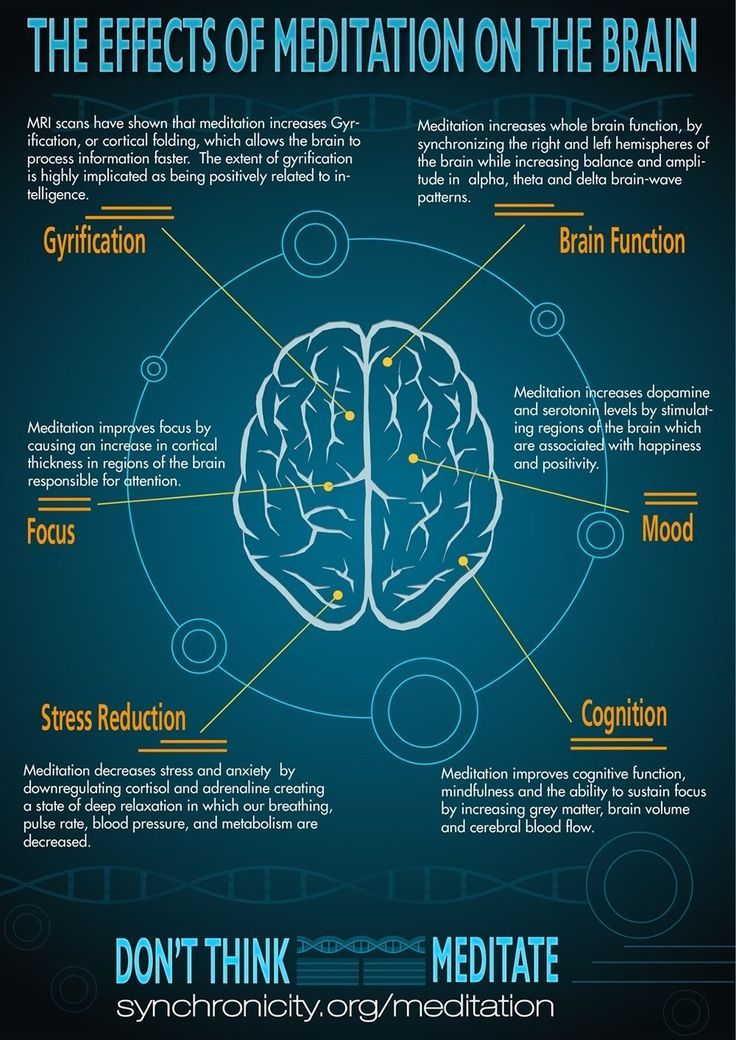
Here’s the full spectrum of the five common types of brain waves that you experience every day, from slowest to fastest:
DeltaWhen you’re deep in a state of dreamless sleep, your brain is producing delta waves, which are the slowest type of brainwave. They measure between 0.5 and 4 Hz.
Theta
When you’re sleeping more lightly or when you’re extremely relaxed, your brain may produce more theta waves. Theta waves measure between 4 and 8 Hz.
Alpha
As mentioned, alpha waves fall in the middle of the brain wave spectrum.
Your brain produces these waves when you’re not focusing too hard on anything in particular. Whatever you’re doing, you’re probably feeling relatively calm and relaxed. These waves measure between 8 and 12 Hz.
Beta
With these kinds of brain waves, you’re wide awake, alert, and focused. You’re going about your activities of daily living and making decisions. This is when your brain produces higher-speed beta waves, which measure between about 12 and 35 Hz.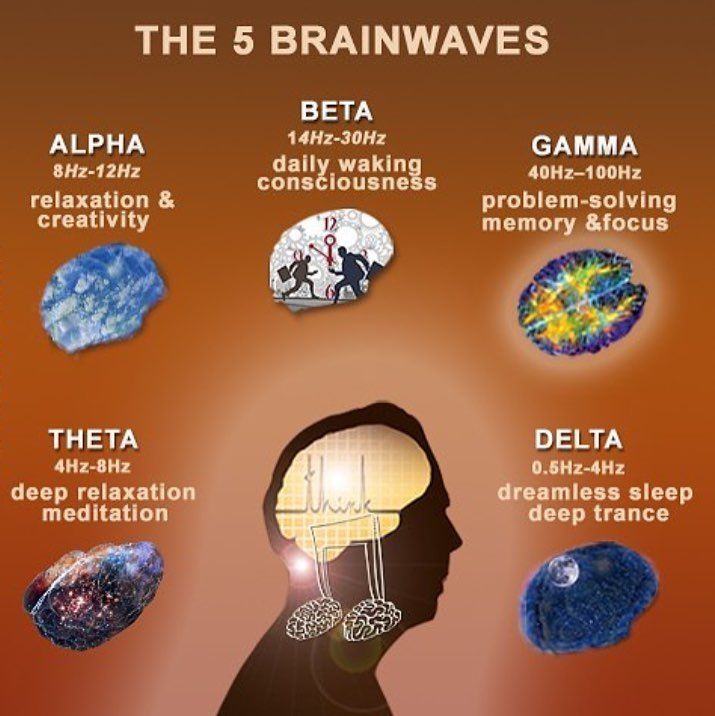
Gamma
Your brain produces the speediest of brain waves, the gamma waves, when you’re actively involved in processing information and learning. You’re concentrating and solving problems, and these brainwaves, which tend to measure upward of 35 Hz, are the proof.
We can’t see brain waves, but we can measure them. A test called an EEG can identify and measure the electrical activity in your brain.
With an EEG, a technician will place a series of small metal discs called electrodes all over your scalp. The discs convey the electrical activity of your neurons through wires to a machine, which records and prints the patterns out on a screen or paper.
Your doctor may order an EEG to see if there are any unusual patterns in your brain waves, or problems that might suggest you have epilepsy or another type of brain disorder.
You may be wondering why alpha waves are so important. When your brain is producing these waves, it’s responding to activities like meditation and rest that can reduce your stress levels and help you feel calmer.
If you’re able to produce alpha brain waves, you’re probably able to tap into a state that can help you get some rest and relaxation.
Boosting your alpha waves might also increase your creativity levels. In a 2015 study, researchers found evidence that they could trigger a surge in creativity if they specifically focused on enhancing alpha waves.
The study was small — only 20 participants — but as a randomized trial, it could hold promise for the use of noninvasive brain stimulation to rev up your brain’s production of alpha brain waves.
Your brain doesn’t stop producing one type of brain wave just because you shift into a different state of consciousness or alertness.
It’s more that one type of brain wave will dominate at any given time, based on whether you’re awake or asleep, focused, or floating along. If for some reason your brain isn’t producing very many alpha waves, it means that you’re not in a relaxed, meditative state of mind.
But there are times when your brain waves can become imbalanced.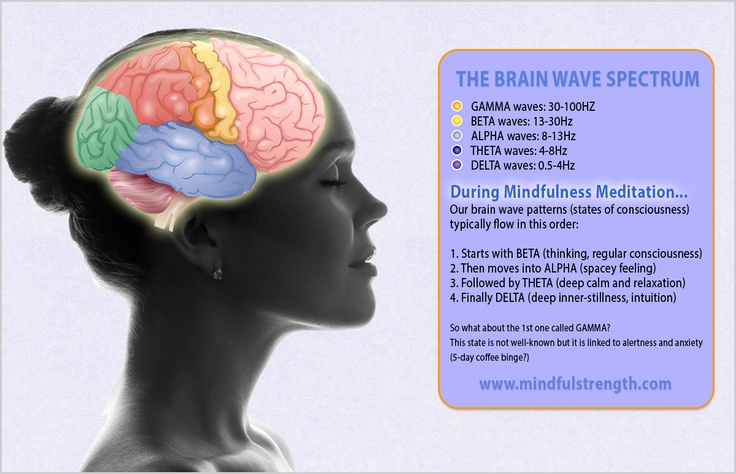
Research indicates that some people who have depression may have an imbalance of alpha waves, with more of them occurring in an area of the brain called the left frontal cortex.
A small 2019 study looked at a brain stimulation technique called transcranial alternating current stimulation (tACS) and found that it could increase alpha brain waves and reduce depression symptoms in people affected by major depressive disorder (MDD).
You may actually be able to increase your alpha brain waves if you put your mind to it.
A 2014 study found that neurofeedback training helped some people with generalized anxiety disorder (GAD). Neurofeedback is a type of biofeedback where you respond in real time to the electrical activity in your brain and try to adjust it.
In this study, participants with GAD were divided into a treatment group and a control group.
The treatment group that underwent neurofeedback training was able to increase the amplitude of their alpha brain waves.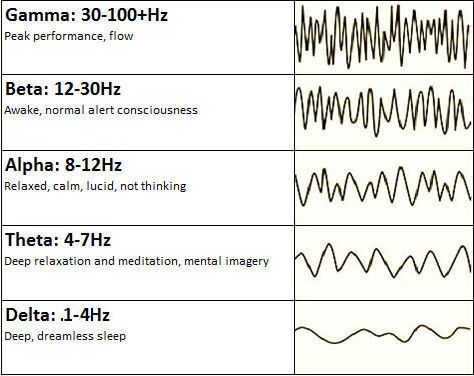 These bigger alpha waves increased the participants’ sense of calm and reduced feelings of anxiety.
These bigger alpha waves increased the participants’ sense of calm and reduced feelings of anxiety.
One caveat: This particular study also included theta waves in the neurofeedback training, which could have also played a role.
However, this study also suggests that it may be possible to train your brain to produce alpha waves that can help you feel more relaxed.
A 2015 study also suggested that meditation and mindfulness training could achieve these kinds of results.
There’s always some type of electrical activity going on in your brain, whether you’re aware of it or not.
At different times of the day, depending on what you’re doing, one type of your brain’s electrical waves will dominate. When your brain’s alpha waves are dominating, you’re likely in a state of wakeful relaxation.
Relaxation techniques like mindfulness and meditation may help increase your alpha waves. This, in turn, may help you feel calmer, less anxious, and, according to some studies, may even boost your creativity levels.
Rhythms of the brain | Multiresonance
Beta - waves
are the fastest. Their frequency varies, in the classical version, from 14 to 42 Hz (and according to some modern sources, more than 100 Hz). In a normal waking state, when we observe the world around us with open eyes, or are focused on solving some current problems, these waves, mainly in the range from 14 to 40 Hertz, dominate in our brain.
Beta waves are usually associated with wakefulness, wakefulness,
concentration, cognition and, in their excess, with anxiety, fear and panic. A lack of beta waves is associated with depression, poor selective attention, and memory problems.
A number of researchers have found that some people have very high levels of tension, including high power electrical activity in the brain in the fast beta wave range, and very low power in the alpha and theta relaxation waves. People of this type also often exhibit characteristic behaviors such as smoking, overeating, gambling, drug or alcohol addiction.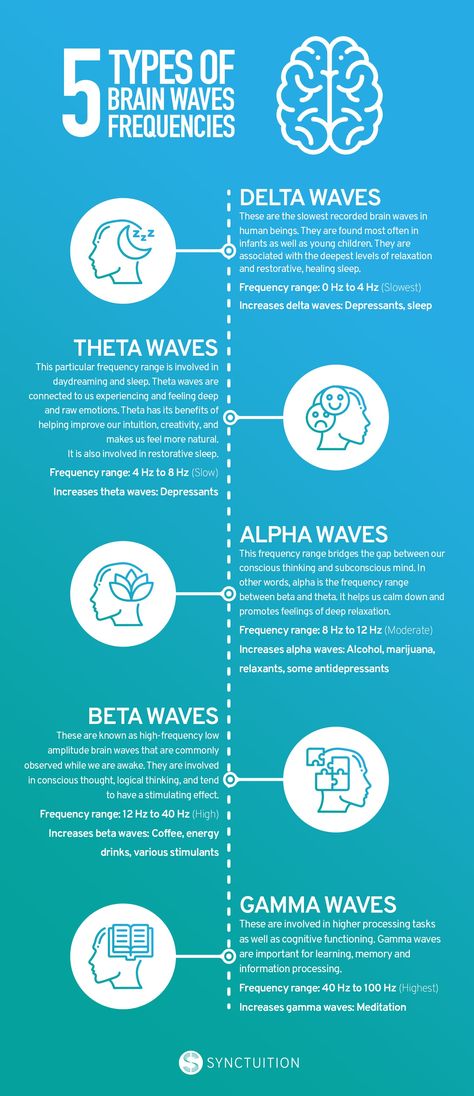
These are usually successful people, because they are much more sensitive to external stimuli and react to them much faster than others. But for them, ordinary events can seem extremely stressful, forcing them to look for ways to reduce stress and anxiety levels through the use of alcohol and drugs.
An increased level of tension is one of the types of imbalance of neuroregulators in the body. Obviously, in such people, appropriate brain stimulation can significantly reduce the level of beta activity and, accordingly, increase the relaxing alpha and theta rhythms.
e.g. Henry Adams, Ph.D. - Founder of the National Institute of MentalHealth and lead researcher on alcoholism at St. Elizabeth's Hospital, Washington, D.C. found that the most "bitter" drinkers after only one session of alpha-theta relaxation, followed by brief anti-alcohol suggestions, reduced their alcohol consumption by 55% over the next two weeks.
In an interview with a reporter, Dr.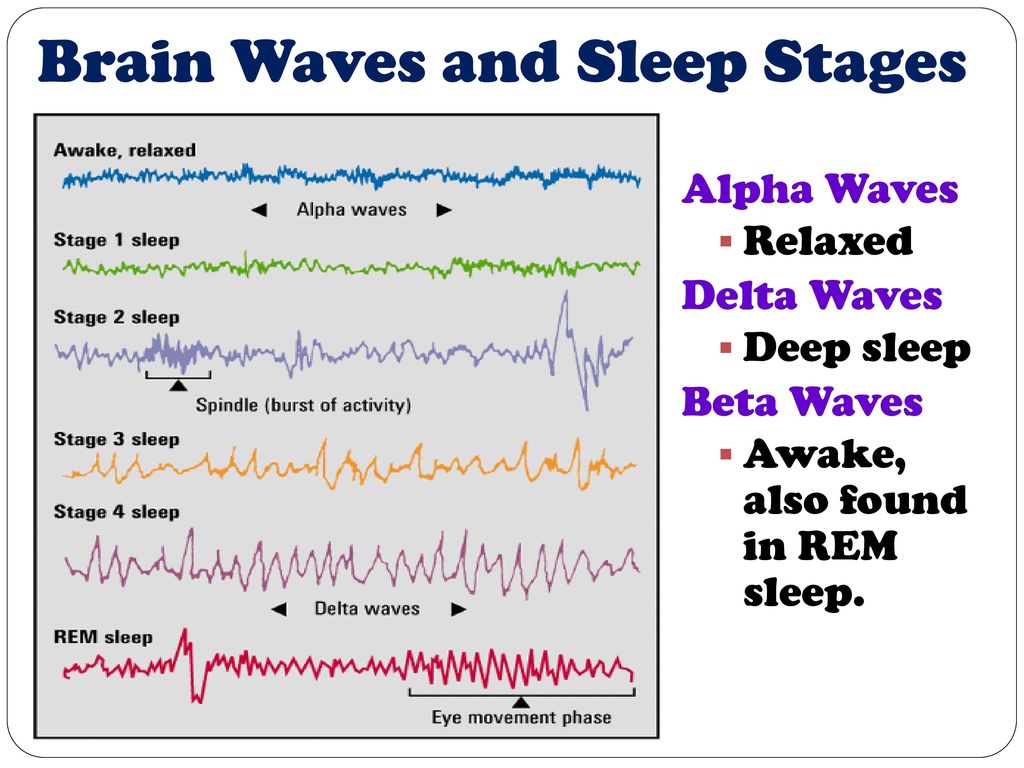 Adams stated: “... this is a very effective technique, yet it is easy to prepare and use, free from significant risk, any danger and side effects. Now it has been proven that it significantly reduces the manifestations of the withdrawal syndrome, provides a state of deep relaxation and thereby reduces the desire to take drugs ... ".
Adams stated: “... this is a very effective technique, yet it is easy to prepare and use, free from significant risk, any danger and side effects. Now it has been proven that it significantly reduces the manifestations of the withdrawal syndrome, provides a state of deep relaxation and thereby reduces the desire to take drugs ... ".
Alpha - waves
occur when we close our eyes and begin to passively relax without thinking about anything. At the same time, bioelectric oscillations in the brain slow down, and “bursts” of alpha waves appear, i.e. oscillations in the range from 8 to 13 Hertz.
If we continue to relax without focusing our thoughts, alpha
waves will begin to dominate the entire brain, and we will sink into a state of pleasant peace, also called the “alpha state”.
Research has shown that alpha brain stimulation is ideal for assimilating new information, data, facts, any material that should always be ready in your memory.
In eastern martial arts there is such a thing as "the state of the master." EEG studies have shown that in this state, alpha waves predominate in the human brain. Against the background of alpha brain activity, the rate of muscle reaction is ten times higher than in the normal state. On the electroencephalogram (EEG) of a healthy, not under the influence of stress person, there are always a lot of alpha waves. Lack of them can be a sign of stress, inability to adequate rest and effective learning, as well as evidence of brain disorders or illness.
It is in the alpha state that the human brain produces more beta-endorphins and enkephalins - its own "drugs" responsible for joy, relaxation and pain reduction. Also, alpha waves are a kind of bridge - they provide a connection between consciousness and the subconscious.
Numerous EEG studies have established that people who experienced severe traumatic events in childhood have suppressed alpha brain activity. A similar picture of the electrical activity of the brain can be observed in people suffering from post-traumatic syndrome resulting from military operations or environmental disasters. Since the sensory-motor rhythm lies in the alpha range, it becomes clear why people suffering from post-traumatic syndrome have difficulty in random access to sensory-figurative representations (on which, by the way, all traditional non-drug psychotherapy is built).
Since the sensory-motor rhythm lies in the alpha range, it becomes clear why people suffering from post-traumatic syndrome have difficulty in random access to sensory-figurative representations (on which, by the way, all traditional non-drug psychotherapy is built).
The addiction of some people to alcohol and drugs is explained by the fact that these people are not able to generate a sufficient number of alpha waves in their normal state, while in a state of drug or alcohol intoxication, the power of the electrical activity of the brain, in the alpha range, they have a sharp increases.
Theta - waves
appear when calm, peaceful wakefulness turns into
drowsiness. The oscillations in the brain become slower and more rhythmic, ranging from 4 to 8 Hertz. This state is also called "twilight", because in it a person is between sleep and wakefulness. It is often accompanied by visions of unexpected, dream-like images, accompanied by vivid memories, especially childhood ones.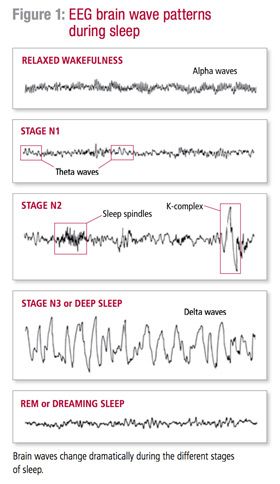
Theta state gives access to the contents of the unconscious part of the mind, free associations, unexpected insights, creative ideas. On the other hand, the theta range (4-7 oscillations per second) is ideal for non-critical acceptance of external attitudes, since its rhythms reduce the action of the corresponding protective mental mechanisms and allow transforming information to penetrate deep into the subconscious.
That is, in order for messages designed to change your behavior or attitude towards others to penetrate the subconscious without being subjected to the critical evaluation inherent in the waking state, it is best to impose them on the rhythms of the theta range. This psychophysiological state (similar to hypnotic states in the pattern of distribution and combination of electrical potentials of the brain) in 1848 Frenchman Maury gave the name hypnagogic (from the Greek hipnos = sleep and agnogeus = conductor, leader).
In every Eastern philosophical and esoteric school, "hypnagogy" has been used for centuries for creativity and self-improvement, psychotechnics and rituals have been carefully developed to achieve this state, and there are detailed classifications of the psychophysiological phenomena that accompany it.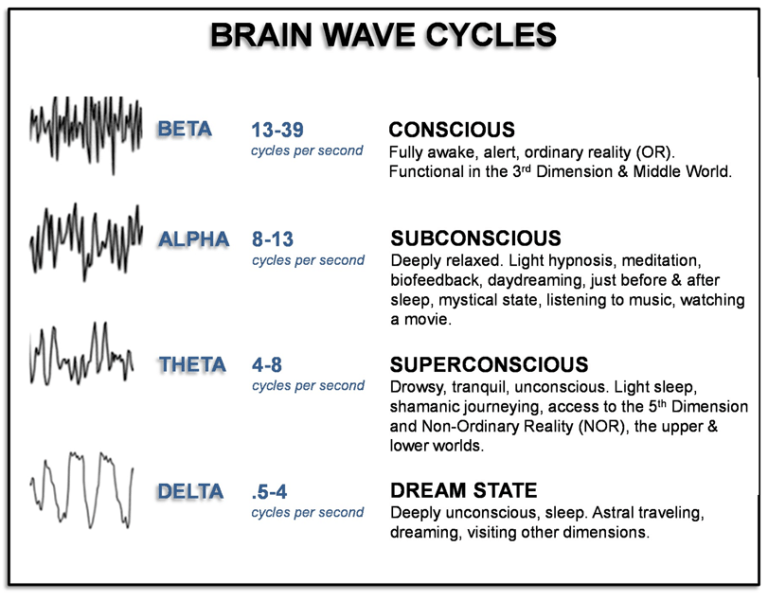 Note that the use of hypnagogy is not limited to Eastern religions. History has told us that such famous personalities as Aristotle, Brahms, Puccini, Wagner, Francis Goya, Nietzsche, Edgar Alan Poe, Charles Dickens, Salvador Dali, Henry Ford, Thomas Edison and Albert Einstein deliberately used hypnagogia for their creativity, using technique described by Aristotle.
Note that the use of hypnagogy is not limited to Eastern religions. History has told us that such famous personalities as Aristotle, Brahms, Puccini, Wagner, Francis Goya, Nietzsche, Edgar Alan Poe, Charles Dickens, Salvador Dali, Henry Ford, Thomas Edison and Albert Einstein deliberately used hypnagogia for their creativity, using technique described by Aristotle.
Using theta-brain stimulation in just three weeks, you can learn to achieve creative states anytime and anywhere - at will.
For example, Edison worked very hard on his inventions. When, in his thoughts, he came to a dead end, he sat down in his favorite chair, took a metal ball in his hand (which he freely lowered along the chair) and fell asleep. When he fell asleep, he involuntarily let go of the ball from his hand and the crash of the ball falling to the floor woke him up, and very often he woke up with fresh ideas about the project he was working on.
Delta waves
start to dominate when we fall asleep. They are even slower than
They are even slower than
than theta waves, since they have a frequency of less than 4 oscillations per second. Most of us, when delta waves dominate the brain, are either in a sleepy state or in some other unconscious state. However, there is growing evidence that some people can be in a delta state without losing awareness.
Typically associated with deep trance or "non-physical" states. It is noteworthy that it is in this state that our brain secretes the largest amounts of growth hormone, and the processes of self-healing and self-healing are most intensive in the body.
Recent studies have established that as soon as a person shows a real interest in something, the power of the bioelectrical activity of the brain in the delta range increases significantly (along with beta activity). Modern methods of computer analysis of the electrical activity of the brain have made it possible to establish that in the waking state the brain contains frequencies of absolutely all ranges, and the more efficient the brain is, the greater the coherence (synchronism) of oscillations is observed in all ranges in the symmetrical zones of both hemispheres of the brain.
NeuroPlay - Brain Rhythms
As you know, the human brain operates with electrical signals. It constantly generates electrical impulses, which are called brain waves (or brain rhythms, brain waves, waves of brain activity). The frequency of these pulses is measured in hertz or cycles per second. Well, the dominant frequency of brain waves determines the general state of the brain.
Why dominant? The thing is that the brain does not work as a whole at one frequency. This means that one area of the brain can produce more beta waves while other areas of the brain emit impulses at a different frequency. In general, he may be in a calm relaxation, for example, but part of the subcortex will "itch" about stress and problems at the background level.
Waves (rhythms) of human brain activity are divided by scientists into five main types: delta, theta, alpha, beta and gamma.
Alpha-rhythm
EEG (electroencephalogram) rhythm in the frequency band from 8 to 14 Hz, average amplitude 30-70 µV, however, high- and low-amplitude α-waves can be observed.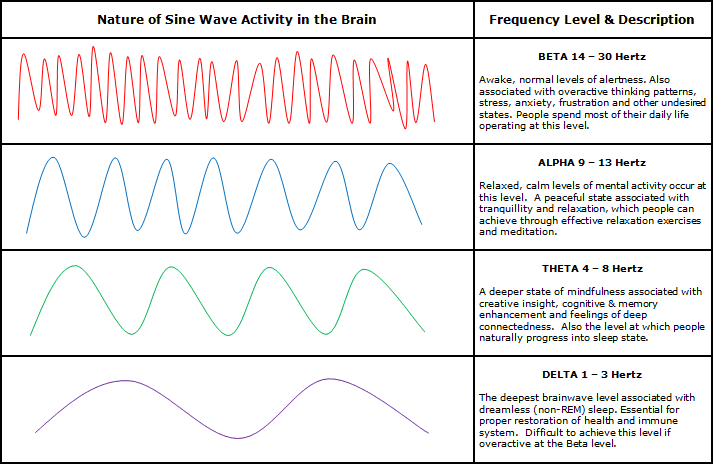 Registered in 85-95% of healthy adults. It is best expressed in the occipital regions. The α-rhythm has the highest amplitude in a state of calm wakefulness, especially with closed eyes in a darkened room. It is blocked or weakened with increased attention (especially visual) or mental activity.
Registered in 85-95% of healthy adults. It is best expressed in the occipital regions. The α-rhythm has the highest amplitude in a state of calm wakefulness, especially with closed eyes in a darkened room. It is blocked or weakened with increased attention (especially visual) or mental activity.
In a state of complete relaxation and immersion in oneself, alpha waves increase, and healing and cleansing processes begin in our psyche, hidden resources wake up: intuition comes to life, concentration of attention becomes ideally honed, extrasensory abilities appear. The world around begins to play with completely different colors, making a person joyful.
Ways to Increase Alpha Rhythm
- Daily Relaxation Meditation takes practice and time. For beginners, it is enough to devote 20 minutes a day to training to learn how to relax
- Yoga promotes complete relaxation of the body and an increase in the level of alpha waves.
Proper and regular yoga classes will help to consciously control the alpha rhythm
The negative effects that occur with excessive stimulation of the alpha rhythm include increased drowsiness, fatigue, and even depression. It is important to understand your condition. An increase in the alpha rhythm will be useful in case of depression associated with fear, nervousness and tension. There is no need to increase the alpha rhythm in a calm, relaxed state with a clear mind. This can lead to feelings of frustration, boredom, loss of interest in life
Beta-rhythm
Low-amplitude oscillations of the total brain potential with a frequency of 15 to 35 oscillations per second, amplitude - 5-30 μV. This rhythm is inherent in the state of active wakefulness. Refers to fast waves. This rhythm is most pronounced in the frontal areas, but with various types of intense activity it sharply increases and spreads to other areas of the brain. Thus, the severity of the beta rhythm increases upon presentation of a new unexpected stimulus, in a situation of attention, with mental stress, emotional arousal. Their amplitude is 4–5 times less than the amplitude of alpha waves.
Ways to stimulate beta waves
- Reading interesting books increases the activity of the left hemisphere and the production of beta waves
- Caffeine enhances beta waves, but only for a short time. Harmful energy drinks and smoking give a surge of wave activity. However, soon after getting up, you will feel a sharp drop in energy and spend the rest of the day in a broken state
- Maintaining concentration on an internal visual image, mental count
If you naturally have elevated beta waves, the extra stimulation will cause feelings of fear, unexplained anxiety, and even panic. The beta rhythm increases muscle tension and blood pressure. These waves affect the processes of excitation of the nervous system and relieve drowsiness. Therefore, hypertensive patients and those suffering from insomnia should not get involved in stimulating beta waves.
Gamma rhythm
EEG potential fluctuations in the range from 30 to 120–170 to fluctuations per second. The amplitude of the gamma rhythm is very low - below 10 μV and inversely proportional to the frequency. If the amplitude is above 15 µV, then the EEG is considered pathological. The gamma rhythm is observed when solving problems that require maximum focused attention. The gamma rhythm is observed when solving problems that require maximum focused attention. This is the rhythm of composure and concentration on a problem or task, the rhythm of an active, collected solution and work.
Delta Rhythm
0.5 to 4 cycles per second, amplitude 50 to 500 µV. This rhythm occurs both during deep natural sleep, and during narcotic, as well as in coma. The delta rhythm is also observed when electrical signals are recorded from areas of the cortex bordering on the area of a traumatic focus or tumor. Low-amplitude (20–30 μV) oscillations of this range can be recorded at rest during certain forms of stress and prolonged mental work.
Theta rhythm
EEG rhythm with a frequency of 4-8 Hz, high electrical potential of 100-150 microvolts, high amplitude of waves from 10 to 30 microvolts. Theta rhythm is most pronounced in children from two to five years old. This frequency range contributes to deep relaxation of the brain, good memory, deeper and faster assimilation of information, awakening individual creativity and talents. It is in this frequency range that there is enough energy in the brain to assimilate large amounts of information and quickly transfer it to long-term memory, learning abilities are enhanced and stress is relieved.
Ways to stimulate theta waves
- Listening to pleasant music
The sounds of such music are associated with the development of emotions and sensations, and this is a direct way to increase the activity of theta waves. - Meditation
(Light relaxation and dhyana with some immersion) - produces alpha and theta rhythm.

